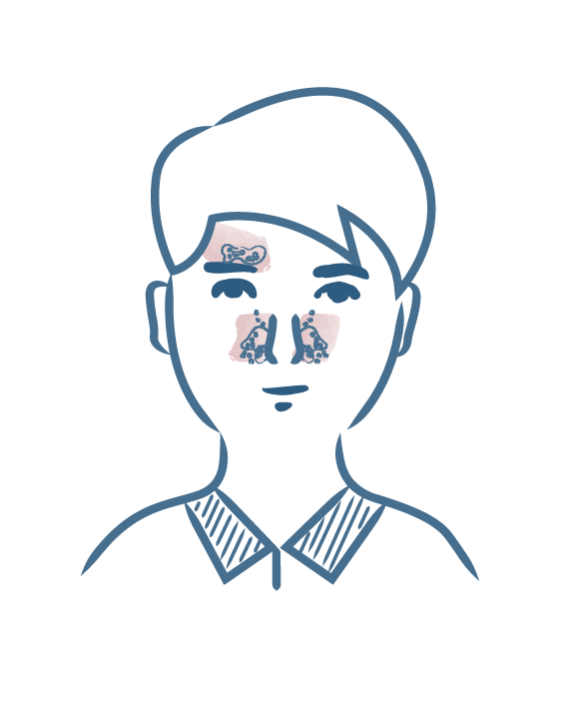-
Your concerns
Our articles to help you gain a better understanding
-
Our solutions
-
DUCRAY Dermatological Laboratories
Our articles to help you gain a better understanding

The torso is another of the areas of the body that may be affected by seborrheic dermatitis.
In some cases, the torso may be affected by seborrheic dermatitis.
Seborrheic dermatitis on the trunk or torso is much less frequent than seborrheic dermatitis on the face or scalp, since it affects only one third of patients with the condition(1).
It causes red and scaly plaques on the chest and can spread to the back, particularly the shoulder blades, which are rich in pilosebaceous follicles. Pilosebaceous follicles are the combination of hair and sebaceous glands, which is where sebum is produced. Areas that are rich in pilosebaceous follicles therefore secrete more sebum.
Lesions develop into plaques with erythema (redness). Scales, which are dead cells that are eliminated by the skin appear on top of lesions. These plaques are well defined and range from 1 to 10 centimeters in diameter.
More rarely, flare-ups may occur on the genitals and skin folds (armpits, groins, under the breasts).
When the torso is affected, treatment remains the same as for other areas. An antimycotic, and sometimes anti-inflammatory, treatment will be applied if inflammation is severe. Your physician will prescribe a suitable product.
To avoid further irritation of the skin, a few daily tips may come in handy:
(1) Molinari E, Chosidow O,. La dermite séborrhéique de la clinique au traitement. Paris: MED'COM, (2010). 978-2-35103-032-2.
Irritated skin with redness and scales

Skin prone to seborrheic dermatitis